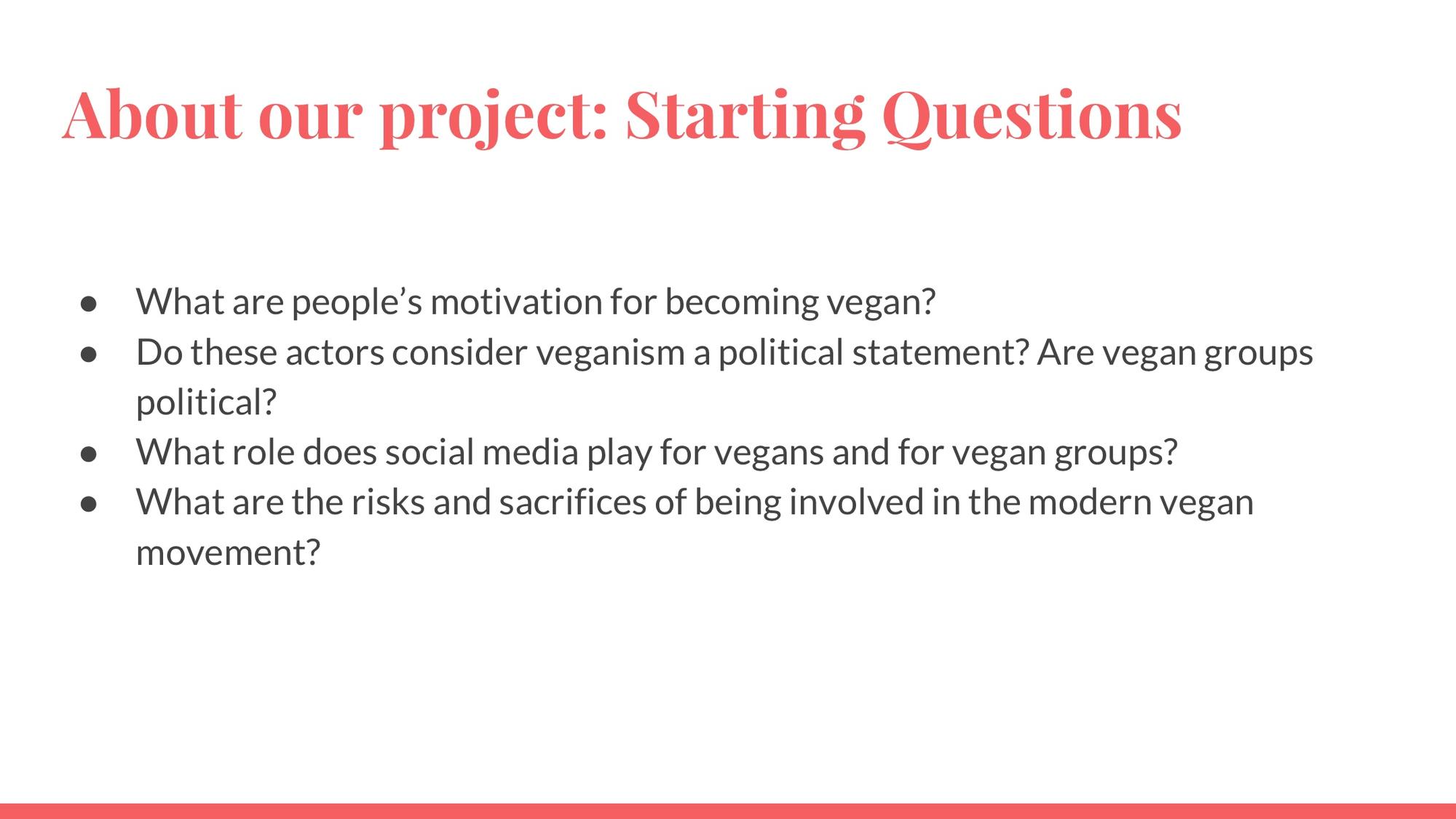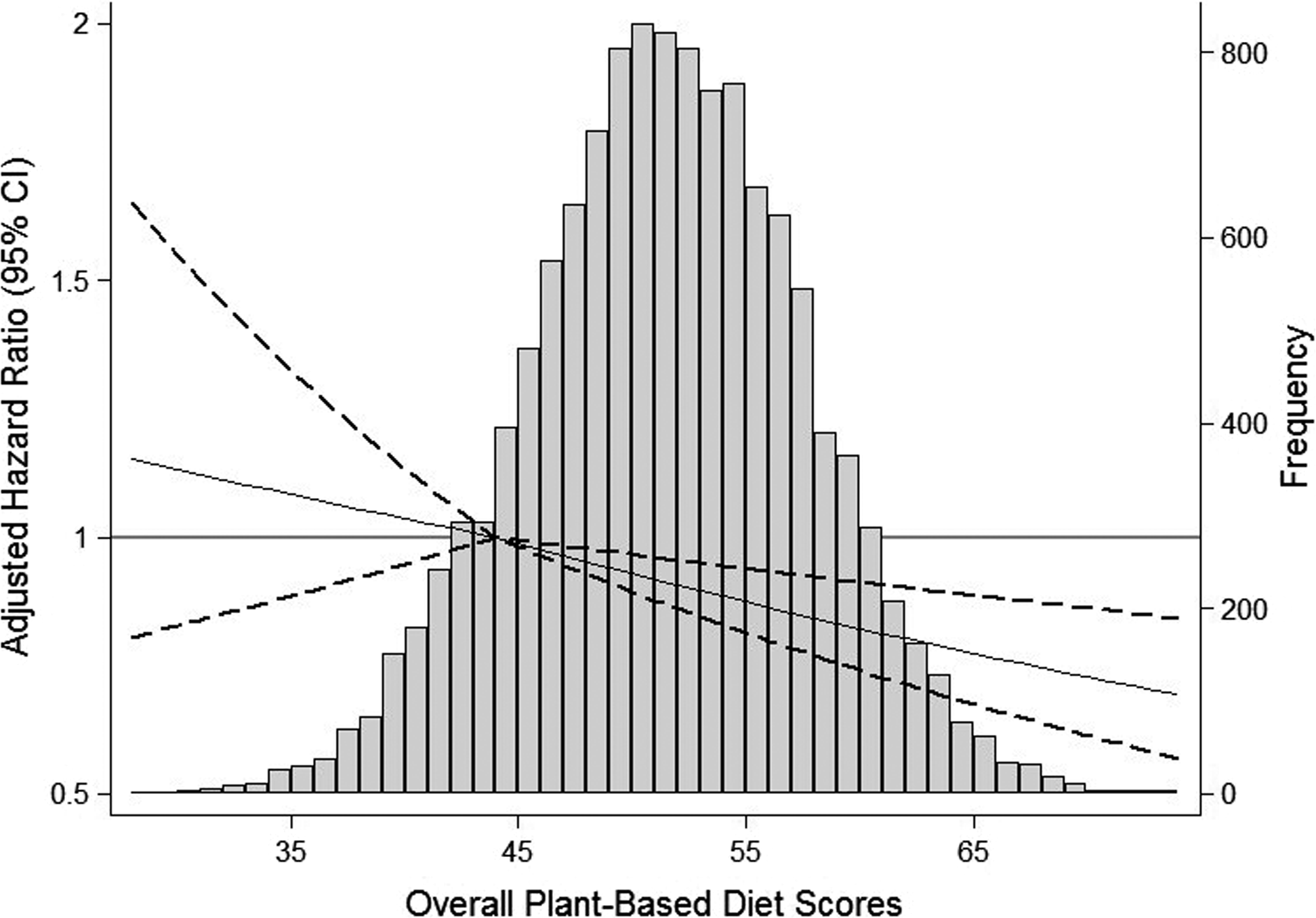
An anti-inflammatory, plant-based diet is a great choice for your health. This diet is rich and healthy. It promotes health and environmental well-being, as well as reducing inflammation. It also offers many other health benefits. Below are some foods to include in your diet.
Pineapple
Pineapple has a lot of nutritional power. It is delicious and nutritious. It is rich in fiber and provides many nutrients to improve your overall health. You can either eat it whole or chopped up, or grilled or mash it. Pineapple is an excellent source for vitamin C.
Ginger
Ginger's antiinflammatory properties are well-known for centuries. These claims have been supported by science only recently. Researchers reviewed scientific evidence regarding ginger's anti-inflammatory, anti-oxidant and other effects on various human diseases in a recent review. Ginger inhibits the synthesis prostaglandins, leukotrienes by inducing cyclooxygenases-1 or 5-lipoxygenase. These are important mediators of inflammation.

Blueberries
Blueberries are rich sources of antioxidants which can protect your body against chronic inflammation. They can also lower cholesterol and blood pressure. Blueberries have been shown to improve brain function and delay the onset short-term memory loss. A daily intake of blueberries could also lower your risk for developing heart disease or diabetes.
Flavonoids
Flavonoids, which are powerful antioxidants, have been suggested as possible drugs to prevent oxidative stress. An imbalance in the levels of antioxidants and reactive oxygen species can cause oxidative stress. It is often linked with many health conditions. Many biological molecules can be damaged by oxidative stress, including DNA and protein.
Carotenoids
Many natural chemicals found in plant foods are called phytonutrients. They protect plants against the elements and other threats. While they aren't necessary for human existence, their presence could help to prevent disease and keep your body working properly. Carotenoids (also known as powerful antioxidants) are found in plants. These compounds protect our cells from harmful free radicals that can damage them and cause other diseases.
Polyphenols
Polyphenols can be found in plants as powerful antioxidants and have many benefits. They may help prevent chronic diseases, protect against neurodegenerative disease, and improve your gut health. They can help control weight and type 2, as well regulate the microbiota. Polyphenols come with potential risks. Further research is needed in order to determine the right level of consumption for humans.

It lowers inflammation
You can reduce inflammation and maintain good health by eating a plant-based food diet. This diet is based on whole grains, vegetables, fruits as well as nuts and seeds. These foods are rich in phytochemicals as well as antioxidants that support the immune system.
FAQ
What is the best way to live a healthy lifestyle?
The healthiest lifestyle to live is one where you eat healthy food, exercise regularly, sleep well, and avoid stress. This will ensure that you live a long healthy life.
Starting small can make a big difference in your diet, and even your exercise routine. To lose weight, you can start walking 30 minutes per day. For more activity, you can try swimming or dancing. An online fitness program, such as Strava and Fitbit, can help you track your activity.
Do I need to count calories
You may be wondering "what is the best diet for you?" or "is counting calories necessary?" The answer to this question depends on many factors, including your current health, your personal goals and preferences, as well as your overall lifestyle.
The Best Diet for me - Which One Is Right for You?
The best diet is dependent on my current health status, personal goals, preferences, and overall lifestyle. There are many good and bad diets. Some diets work for some people, while others are not. What can I do to make the right choice? How do I make the right decision?
This article aims at answering these questions. It starts with a brief introduction of the different types of diets available today. After that, you will learn about the pros and disadvantages of each type. Then, we will discuss which diet is the best.
Let's first take a look at different diets.
Diet Types
There are three types, low-fat, high-protein, or ketogenic diets. Let's discuss them briefly below.
Low Fat Diets
A low-fat diet is one that limits the intake of fats. This is achieved by reducing saturated fat intake (butter, cream cheese etc.). You can replace them with unsaturated oils (olive oil and avocados) If you want to lose weight fast and easily, then a low-fat diet is often recommended. This type of diet can lead to constipation and heartburn as well as indigestion. Vitamin deficiencies can also occur if the person doesn't get enough vitamins through their diet.
High Protein Diets
High protein diets are known to restrict carbohydrate intake and promote the consumption of protein. These diets have higher protein levels than other diets. These diets are intended to increase muscle mass and reduce calories. Unfortunately, they can't provide adequate nutrition for those who eat regularly. Also, they tend to be very restrictive, so they aren't suitable for everyone.
Ketogenic Diets
The ketogenic diet is also known by the keto diet. They are high on fat but low in carbs and proteins. They are popularly used by bodybuilders, athletes, and others who want to be able to train harder and more efficiently without becoming tired. They do require strict compliance to avoid any side effects like fatigue, headaches, nausea, and headaches.
What is the difference in fat and sugar?
Fat is an energy source from food. Sugar is a sweet substance found naturally in fruits and vegetables. Both sugars and fats have the same calories. However, fats provide more calories than sugars.
Fats are stored in your body and can cause obesity. They can cause cholesterol buildup which can lead to strokes and heart attacks.
Sugars provide instant energy and are rapidly absorbed by the body. This causes blood glucose levels in the body to rise. High blood glucose levels can be dangerous because it increases the risk of developing type II diabetes.
What does it take to make an antibiotic work?
Antibiotics are drugs that destroy harmful bacteria. The treatment of bacterial infections is done with antibiotics. There are many different types of antibiotics. Some can either be administered orally, while others may be injected. Other antibiotics can also be applied topically.
Antibiotics are often prescribed to people who have been exposed to certain germs. For example, if someone has had chicken pox, he or she might take an oral antibiotic to prevent shingles later on. For those with strep-thorphritis, an injection of penicillin could be given to prevent them from getting pneumonia.
Children should not be given antibiotics without the consent of a doctor. Side effects of antibiotics can be more dangerous for children than for adults.
Diarrhea is one of the most common side effects of antibiotics. Side effects of antibiotics include diarrhea, stomach cramps and nausea. These side effects typically disappear once treatment is complete.
What should I eat?
Take in lots of fruits and veggies. They are high in vitamins and minerals, which can help strengthen your immune system. Also, fruits and veggies are rich in fiber. This makes them filling as well as helping with digestion. Try to include at least five servings of fruit and veg per day.
Make sure you drink plenty of water too. Water helps flush toxins out of your body and makes you feel fuller between meals. Drink about eight glasses each day.
Consume whole grains and not refined. Whole grains retain all nutrients including B vitamins, iron and zinc as well as calcium, magnesium, calcium, protein, and magnesium. Some nutrients have been removed from refined grains.
Avoid sugary drinks. Sugary drinks have empty calories and are a major contributor to obesity. Instead, choose water, milk, and unsweetened tea.
Avoid fast food. Fast food has little nutritional value. You won't get the energy you need to function well, despite how delicious it may be. Stick to healthier options such as salads, soups, sandwiches, and pasta dishes.
Limit alcohol consumption. You should limit your alcohol intake as it contains empty calories and can lead to poor nutrition. Limit yourself to no more than two alcoholic beverages a week.
Reduce the consumption of red meat. Red meats can be high in cholesterol and saturated fat. Instead, choose lean cuts of beef and pork, lamb, chicken or fish.
Statistics
- According to the Physical Activity Guidelines for Americans, we should strive for at least 150 minutes of moderate intensity activity each week (54Trusted Source Smoking, harmful use of drugs, and alcohol abuse can all seriously negatively affect your health. (healthline.com)
- This article received 11 testimonials and 86% of readers who voted found it helpful, earning it our reader-approved status. (wikihow.com)
- nutrients.[17]X Research sourceWhole grains to try include: 100% whole wheat pasta and bread, brown rice, whole grain oats, farro, millet, quinoa, and barley. (wikihow.com)
- The Dietary Guidelines for Americans recommend keeping added sugar intake below 10% of your daily calorie intake, while the World Health Organization recommends slashing added sugars to 5% or less of your daily calories for optimal health (59Trusted (healthline.com)
External Links
How To
What does the term "vitamins" mean?
Vitamins are organic substances found naturally in food. Vitamins help us absorb nutrients from foods we eat. The body cannot make vitamins; therefore, they must be obtained from food.
There are two types: water-soluble and fat-soluble vitamins. Water-soluble vitamins dissolve easily when they are dissolved in water. You can find vitamin C,B1 or thiamine, B2 or riboflavin and B3 or niacin. B6 is pyridoxine. Folic acid, biotin and pantothenic are some examples. Fat soluble vitamins are stored in the liver and fatty tissue. You can find vitamin D, E K, A and beta carotene as examples.
Vitamins are classified based on their biological activity. There are eight main types of vitamins:
-
A - Essential for healthy growth and health maintenance.
-
C - essential for proper nerve function, and energy production.
-
D - necessary for healthy bones and teeth.
-
E - required for good vision & reproduction.
-
K - Required for healthy nerves and muscles.
-
P - essential for strong bones, teeth and tendons
-
Q - aids digestion, absorption and absorption iron
-
R - Red blood cells are made from red blood cells.
The recommended daily allowance for vitamins (RDA) varies according to age, gender, or physical condition. The U.S. Food and Drug Administration, (FDA), sets the RDA value.
For adults aged 19 and older, the RDA for vitamin B is 400 micrograms daily. For fetal development, pregnant women require 600 micrograms per daily. Children ages 1-8 require 900 micrograms per day. Babies under one-year old need 700 micrograms per daily. Between 9 and 12 month, however, this drops to 500 mg per day.
Children ages 1-18years who are obese need 800 micrograms per day while those who are overweight need 1000 micrograms per day and children who are underweight need 1200 micrograms per day to meet their nutritional needs.
Children ages 4-8 years who have been diagnosed with anemia need 2200 micrograms per day of vitamin C.
2000 micrograms are required daily for good health in adults over 50. Due to their increased nutrient needs, pregnant and breastfeeding women need 3000 micrograms daily.
Adults over 70 require 1500 micrograms each day, since they lose approximately 10% of muscle mass each decade.
Women who are pregnant or lactating need more than the RDA. Pregnant mothers need 4000 micrograms per daily during pregnancy and 2500 after giving birth. Breastfeeding mothers need 5000 mg per day when breastmilk is being produced.